Microscope slides, 3-D printed parts and the finished test-tube-shaped micro reaction chamber. 2-component 5-minutes epoxy resin adhesive has been used to glue the microscope slides and nipples in place:
Populated PCB:
Reaction chamber attached:
Testing the LoC:
For the first experimental demonstration of the LoC I have used red cabbage indicator. The pH look-up table for the kNN algorithm below was obtained via Color Cop and this image, but initial tests of the TCS34725 color sensor showed that it does not output a reliable RGB color model. I will probably use the raw red/green/blue/clear channel data and work in a 4-dimensional Euclidean space instead. Means also I need to obtain the look-up table for the kNN algorithm by an empirical approach.
pH measurement of urine for instance provides information about the acid-alkali balance in a patient and helps to identify substances that are present in the urine. Maybe other household chemicals or natural chemicals like Cyanidin for pH could be used to test urine for Leukocytes, Glucose (Benedict's reagent ?) as a substitution for urine test strips.
| pH | 1 | 2 | 3 | 4 | 5 | 6 | 7 | 8 | 9 | 10 | 11 | 12 |
| Color |  |  |  |  |  |  |  |  |  |  |  |  |
| R | 239 | 240 | 240 | 229 | 213 | 181 | 107 | 89 | 70 | 13 | 2 | 191 |
| G | 77 | 76 | 100 | 124 | 158 | 142 | 124 | 129 | 124 | 125 | 138 | 216 |
| B | 52 | 101 | 163 | 191 | 213 | 207 | 196 | 191 | 184 | 165 | 134 | 0 |
Neutral red cabbage indicator (2 ml):
Acetic acid 5% v/v (1 ml) added:
 M. Bindhammer
M. Bindhammer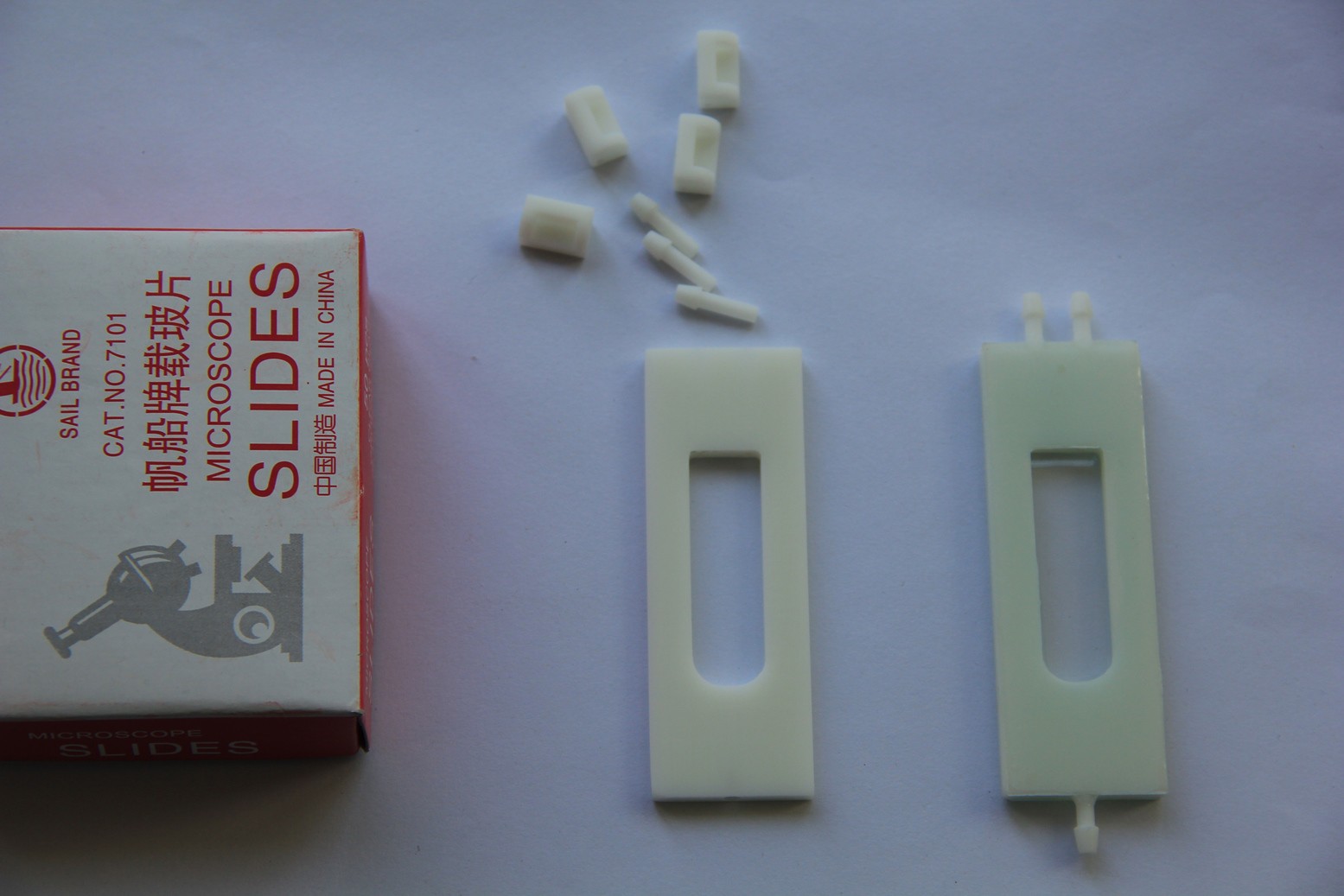
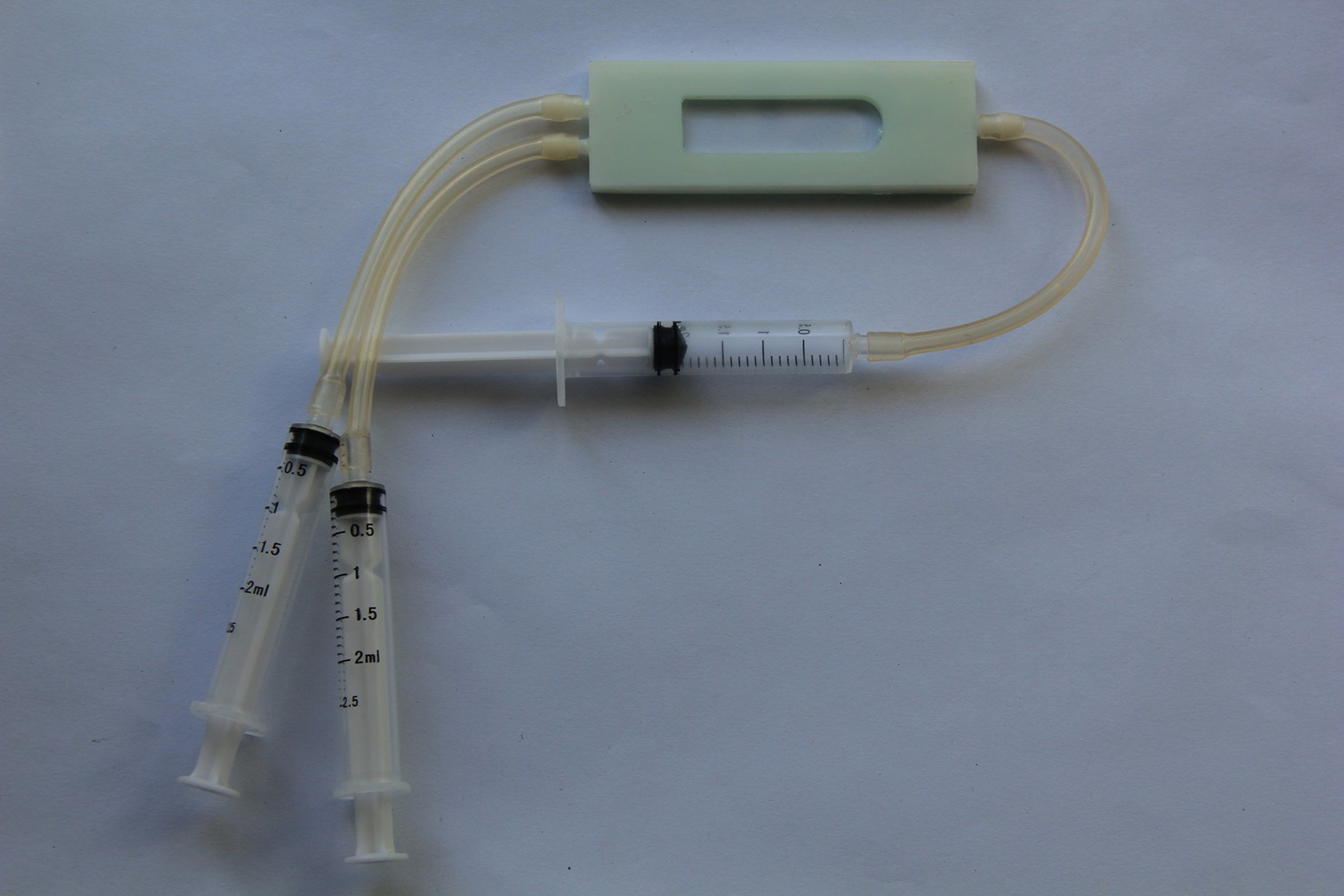
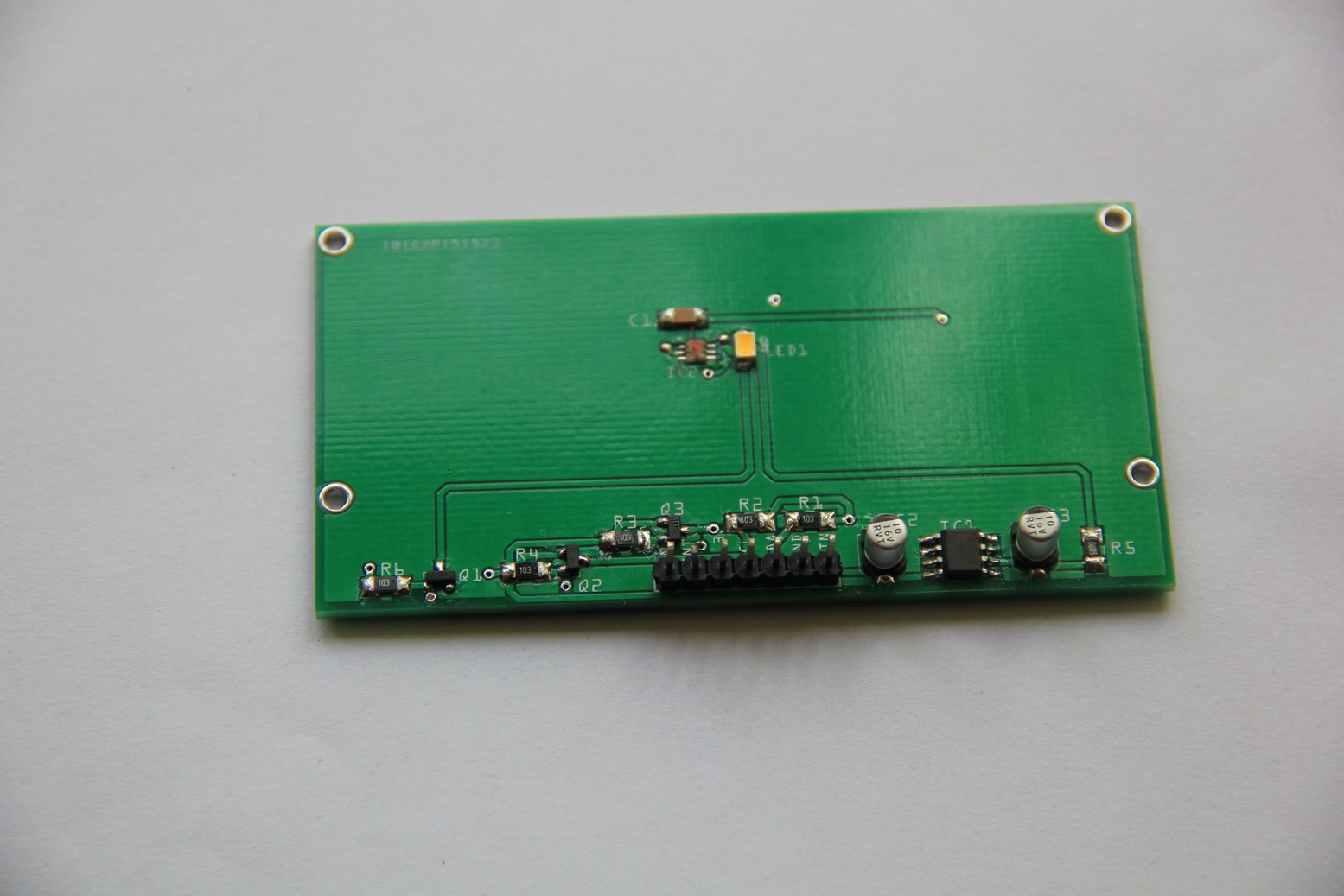
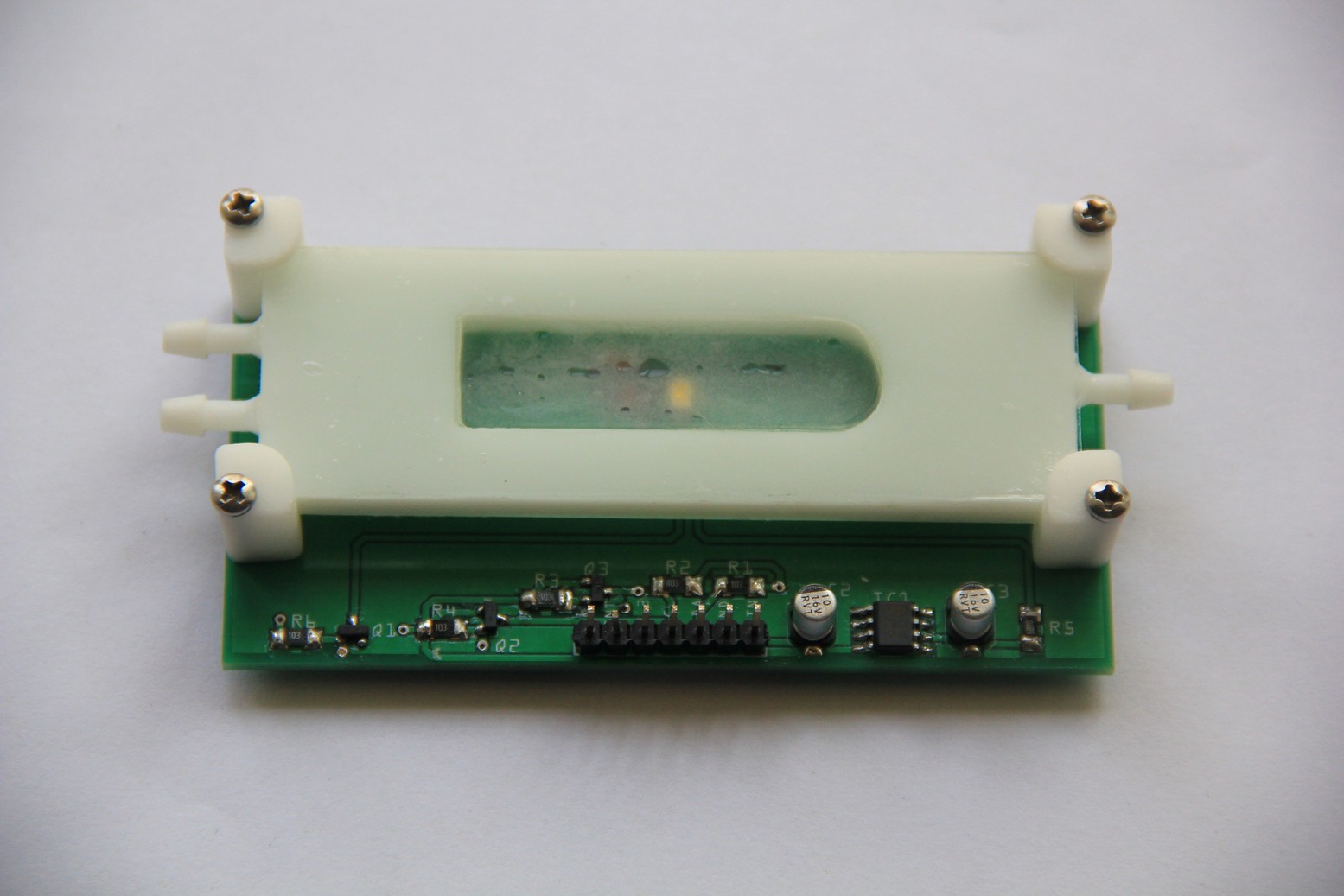
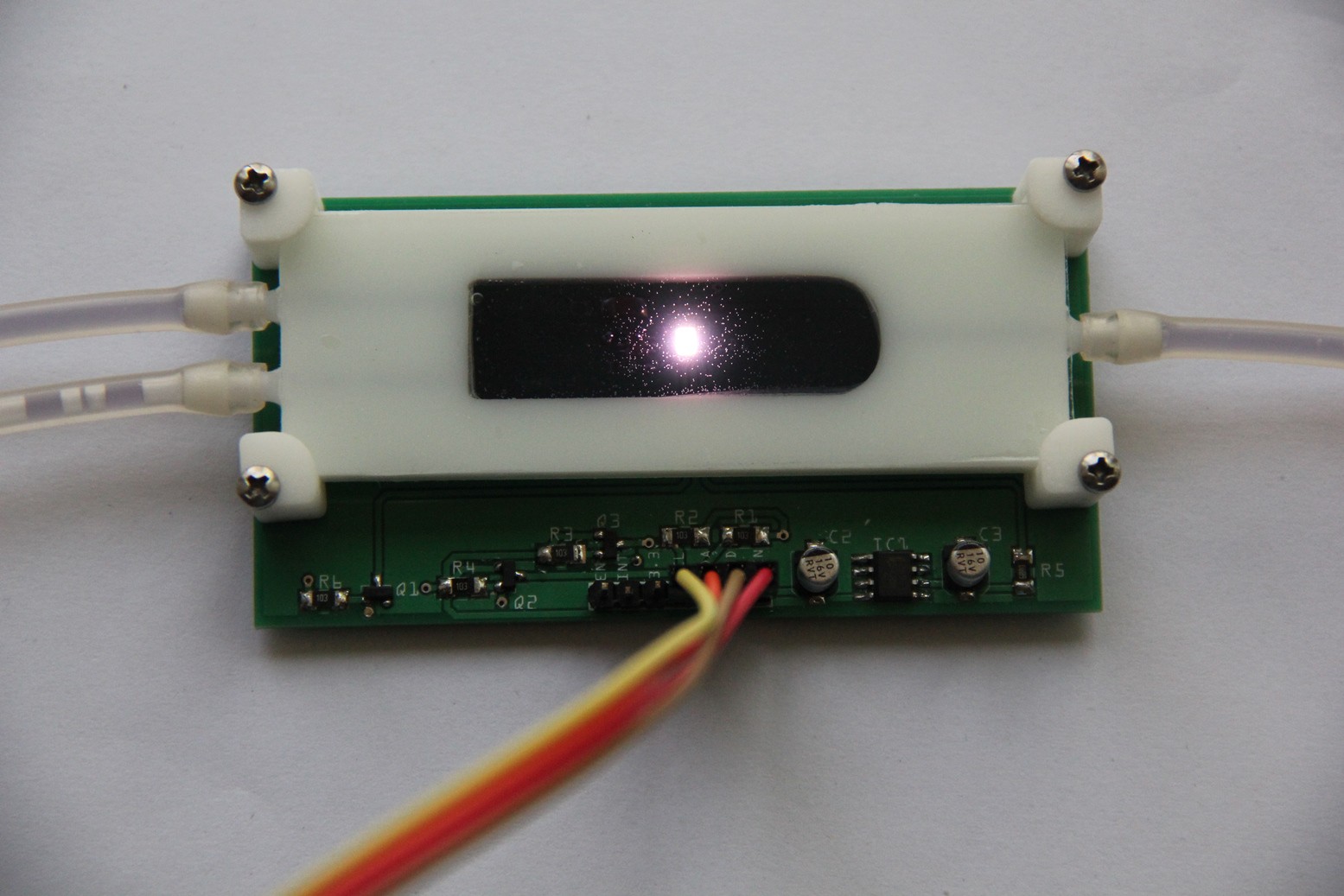
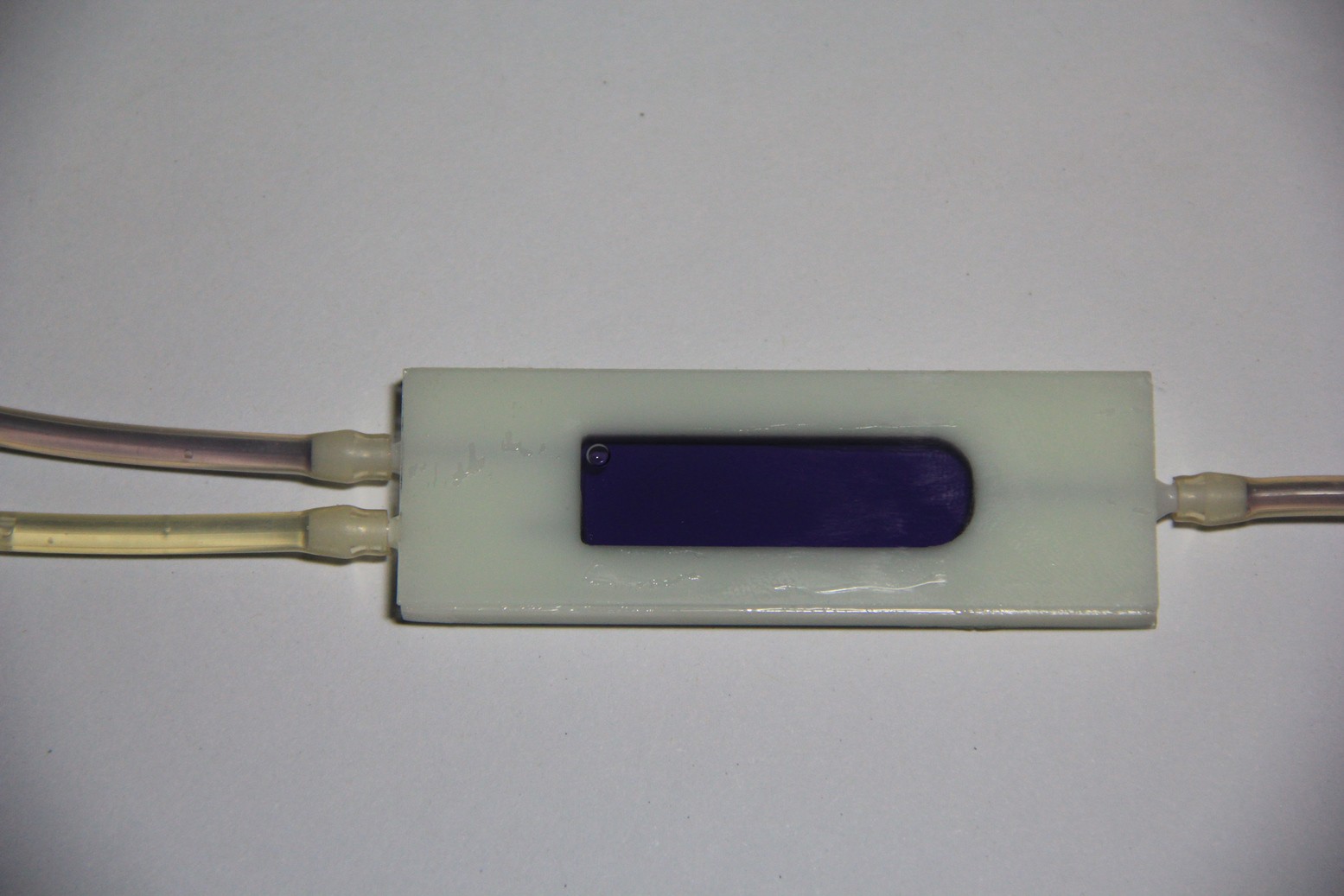
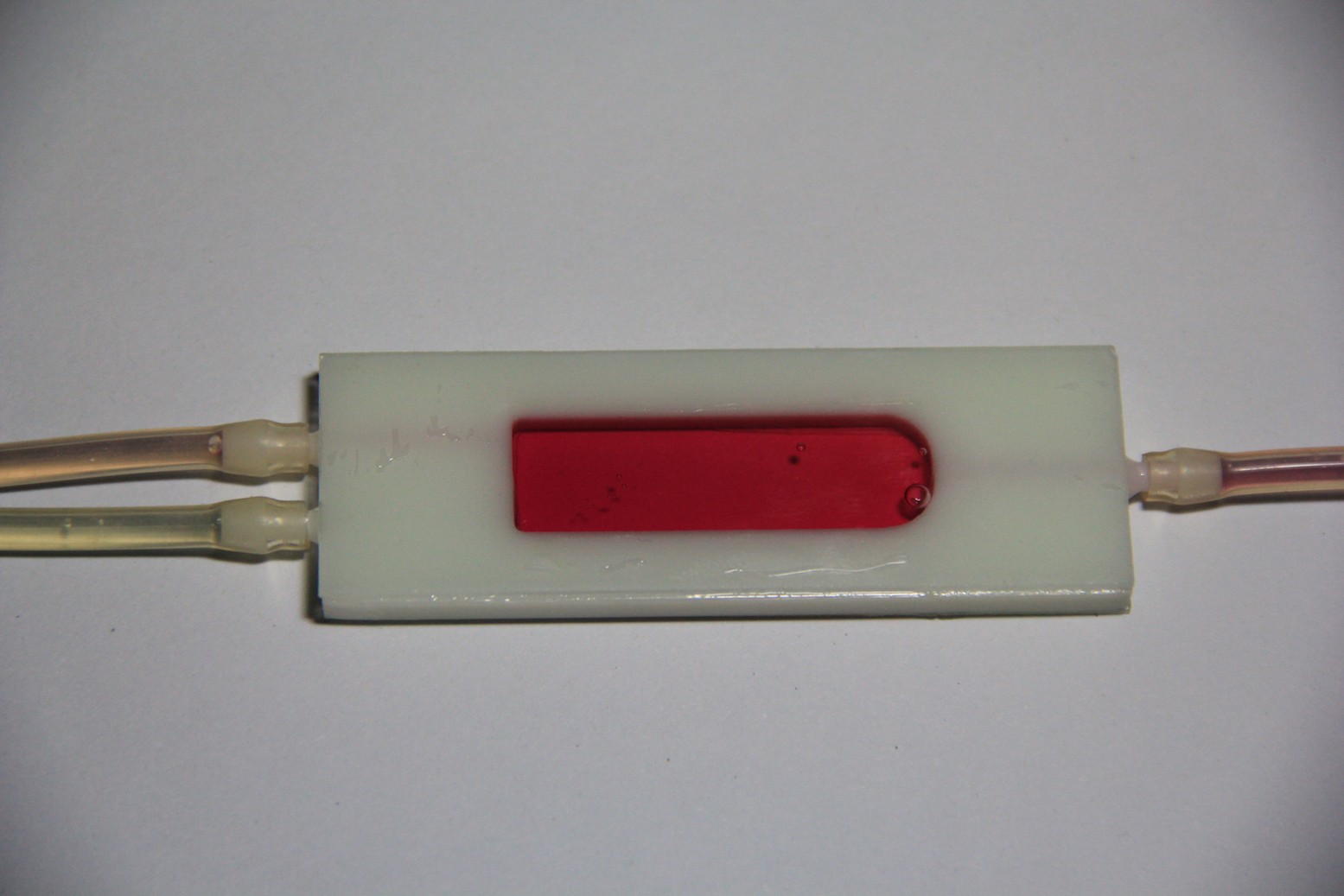
Discussions
Become a Hackaday.io Member
Create an account to leave a comment. Already have an account? Log In.